Home>Furniture & Design>Outdoor Furniture>How To Protect Outdoor Plants From Freeze
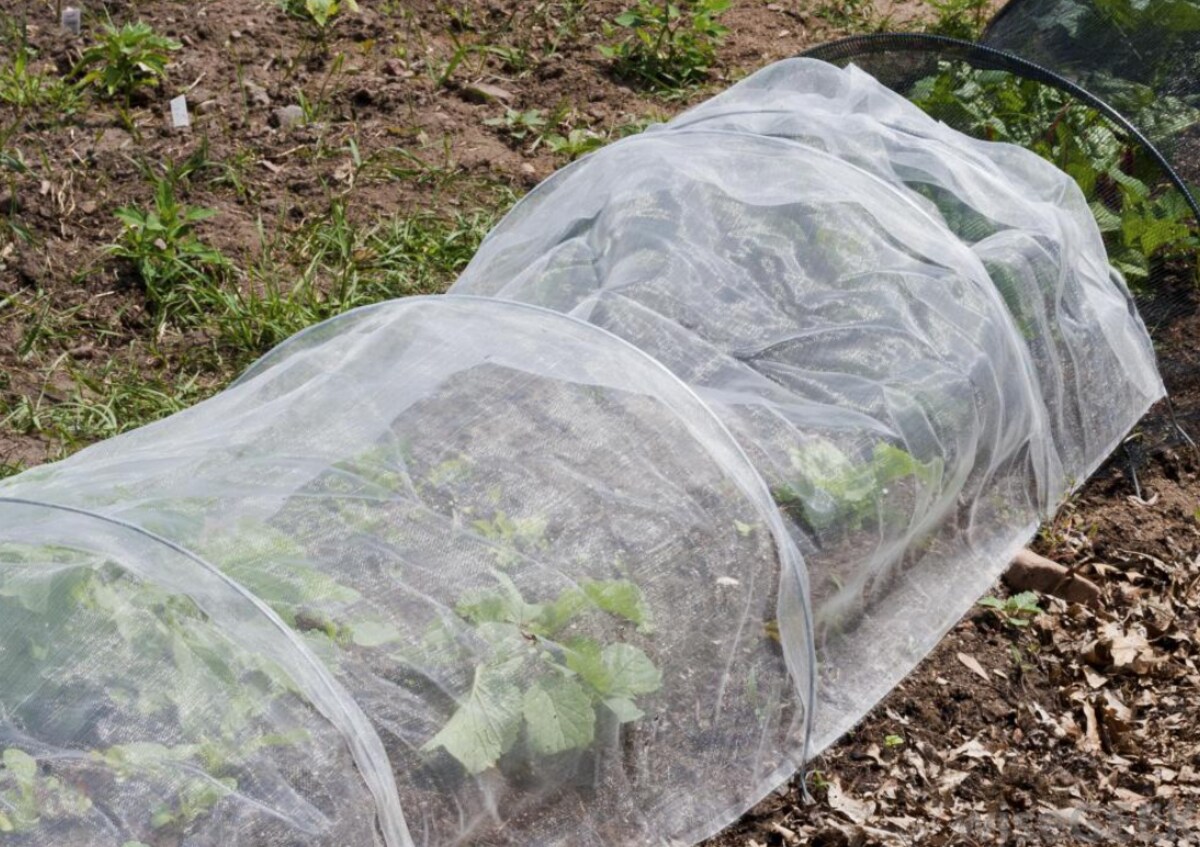

Outdoor Furniture
How To Protect Outdoor Plants From Freeze
Modified: August 27, 2024
Learn how to protect your outdoor plants from freeze with our expert tips and advice. Keep your outdoor furniture safe during cold weather with our essential guide. Protect your outdoor space with the best furniture and design solutions.
(Many of the links in this article redirect to a specific reviewed product. Your purchase of these products through affiliate links helps to generate commission for Storables.com, at no extra cost. Learn more)
Introduction
Welcome to the wonderful world of outdoor gardening! Whether you're a seasoned horticulturist or just getting your hands dirty for the first time, one thing is for certain – protecting your outdoor plants from frost and freeze is crucial for their survival. As the temperatures drop and winter sets in, your beloved garden may be at risk. However, fear not, as there are several effective strategies to shield your plants from the icy grip of Jack Frost.
In this comprehensive guide, we will delve into the art of safeguarding your outdoor plants from freezing temperatures. From understanding the science behind frost and freeze to selecting cold-hardy plants and implementing protective measures, we will equip you with the knowledge and tools necessary to nurture a thriving garden, even in the harshest of conditions.
So, grab your gardening gloves and let's embark on a journey to discover the best practices for safeguarding your outdoor plants from freeze and frost. With a little care and preparation, you can ensure that your garden remains a lush and vibrant oasis, even when the mercury plummets.
Key Takeaways:
- Embrace the winter garden by selecting cold-hardy plants and providing essential water, mulching, and protective coverings to shield outdoor plants from freezing temperatures and nurture their resilience.
- Safeguard outdoor plants from frost and freeze by bringing vulnerable plants indoors, using frost cloth or blankets, and integrating supplemental heat sources to create a nurturing sanctuary against wintry adversity.
Understanding Frost and Freeze
Before delving into the protective measures, it is essential to understand the concepts of frost and freeze. Frost occurs when the temperature of surfaces and the air surrounding them drops below freezing, leading to the formation of ice crystals. This can be particularly damaging to plants, as the ice crystals can rupture plant cells, causing irreversible damage.
A freeze, on the other hand, is characterized by a sustained period of extremely low temperatures, which can have detrimental effects on both tender and hardy plants. Understanding the distinction between these phenomena is crucial in determining the appropriate protective measures for your outdoor plants.
It’s important to note that different plants have varying levels of tolerance to frost and freeze. Some are inherently more resilient, while others may require additional care and protection. By familiarizing yourself with the specific needs of your plants, you can tailor your protective strategies to ensure their well-being during inclement weather.
Furthermore, factors such as humidity, wind, and the duration of cold temperatures can significantly impact the severity of frost and freeze. By taking these variables into account, you can better anticipate and mitigate the potential damage to your outdoor plants.
Now that we’ve laid the groundwork for understanding frost and freeze, let’s explore the proactive steps you can take to shield your garden from these wintry threats.
Selecting Cold-Hardy Plants
When establishing an outdoor garden, the first line of defense against frost and freeze is to select plants that are inherently resilient to cold temperatures. Cold-hardy plants are able to withstand harsh weather conditions, making them ideal candidates for outdoor cultivation in regions prone to frost and freeze.
Before choosing your green companions, consider the USDA Hardiness Zone of your area. This zoning system provides valuable insight into the average annual minimum temperatures of different regions, helping you identify plants that are well-suited to your local climate.
Some exemplary cold-hardy plants include:
- Evergreen Trees and Shrubs: Species such as junipers, spruces, and hollies are renowned for their ability to thrive in cold climates, providing year-round beauty and resilience against frost.
- Perennials: Plants like coneflowers, black-eyed Susans, and ornamental grasses can endure chilly temperatures, gracing your garden with their vibrant blooms and foliage season after season.
- Winter Vegetables: Embrace the winter harvest by cultivating cold-hardy vegetables such as kale, Brussels sprouts, and winter lettuces, which not only withstand the cold but also offer a bountiful yield.
- Winter-Flowering Plants: Certain flowering species, including winter jasmine and hellebores, defy the frost with their enchanting blossoms, infusing your garden with color during the dreary winter months.
By incorporating these cold-hardy plants into your outdoor oasis, you can fortify your garden against the perils of frost and freeze. However, it’s important to remember that even cold-hardy plants benefit from additional protective measures during extreme cold spells.
Now that you’ve cultivated a collection of resilient greenery, let’s explore the strategies for safeguarding these plants from the icy embrace of winter.
Providing Adequate Water
While it may seem counterintuitive, ensuring that your outdoor plants receive adequate water is a crucial aspect of protecting them from frost and freeze. Proper hydration plays a pivotal role in fortifying plants against the chilling effects of low temperatures.
Before the onset of freezing weather, it’s essential to thoroughly water your plants. Well-hydrated plants are more resilient to frost, as the moisture within their cells helps regulate temperature and prevents dehydration, which can exacerbate cold damage. Additionally, hydrated soil retains heat more effectively than dry soil, providing a protective buffer against extreme temperature fluctuations.
However, it’s important to strike a balance, as excessive watering during freezing conditions can lead to ice formation around the roots, potentially causing damage. Therefore, it’s advisable to water your plants in the early part of the day, allowing adequate time for the foliage to dry before nightfall. This practice minimizes the risk of ice forming on the plants, which could exacerbate the effects of frost.
For potted plants, consider relocating them to sheltered areas, such as a porch or garage, where they can receive protection from the elements while still benefiting from natural light. This can help maintain a more stable microclimate around the plants, shielding them from the full brunt of freezing temperatures.
By prioritizing proper hydration for your outdoor plants, you can bolster their defenses against frost and freeze, laying the groundwork for a thriving garden even in the midst of winter’s chill.
Mulching and Covering Plants
One of the most effective strategies for safeguarding outdoor plants from frost and freeze is the strategic use of mulch and protective coverings. Mulching not only insulates the soil, helping to maintain a more stable underground temperature, but also shields the plants themselves from the direct impact of freezing conditions.
Organic mulch, such as straw, shredded leaves, or pine needles, can be applied around the base of plants to provide an additional layer of insulation. This helps prevent rapid temperature fluctuations in the soil, which can be detrimental to the roots of plants. In addition, mulch acts as a protective barrier, reducing the likelihood of frost penetrating the soil and affecting the plant’s root system.
When frost or freeze is forecasted, covering vulnerable plants with protective materials can offer an extra layer of defense. Lightweight fabrics, such as burlap or frost cloth, can be draped over plants to shield them from direct exposure to freezing temperatures. These materials provide insulation while allowing air and light to permeate, striking a balance between protection and ventilation.
For potted plants, consider wrapping the containers with insulating materials, such as bubble wrap or burlap, to mitigate the impact of cold temperatures on the roots. This simple yet effective measure can help maintain a more favorable environment for the plants, reducing the risk of cold-related damage.
It’s important to note that covering plants should be done in a manner that allows for proper air circulation and doesn’t weigh down or compress the foliage. This ensures that the plants can breathe and receive the necessary light, even while shielded from the elements.
By incorporating mulching and protective coverings into your winter garden care routine, you can provide your outdoor plants with a reliable shield against the ravages of frost and freeze, fostering their resilience and vitality even in the coldest of climates.
Covering outdoor plants with a breathable fabric or blanket can help protect them from freezing temperatures. Make sure to secure the cover at the base to trap heat and prevent damage.
Read more: How To Protect Outdoor Plants From Winter
Using Frost Cloth or Blankets
When the threat of frost looms, utilizing frost cloth or blankets can be a game-changing strategy for safeguarding your outdoor plants. These specialized covers provide an additional layer of insulation, offering protection against freezing temperatures while allowing essential air and light to permeate.
Frost cloth, also known as frost protection fabric or row cover, is a lightweight and permeable material specifically designed to shield plants from frost and freeze. Available in various thicknesses, frost cloth can be draped over plants and secured in place, creating a protective barrier that mitigates the impact of cold weather.
Similarly, old blankets or quilts can be repurposed as makeshift frost covers for your plants. When using blankets, ensure that they are lightweight and can be easily draped over the foliage without causing damage. The key is to provide insulation while avoiding excessive weight or compression on the plants.
When deploying frost cloth or blankets, it’s essential to cover the plants before the onset of freezing temperatures, ideally in the late afternoon or early evening. This allows the covers to trap the warmth radiating from the soil and the plants, creating a microclimate that shields them from the brunt of the cold.
It’s important to remove the frost covers during the day to allow the plants to receive sunlight and air, preventing excessive heat buildup under the covers. This practice also minimizes the risk of moisture accumulation, which can lead to fungal issues or damage to the plants.
By incorporating frost cloth or blankets into your arsenal of protective measures, you can provide your outdoor plants with a reliable shield against the chilling effects of frost and freeze, nurturing a resilient and flourishing garden even in the face of wintry adversity.
Bringing Plants Indoors
When the forecast calls for an imminent freeze, especially in regions where such events are rare, bringing vulnerable outdoor plants indoors can be a lifesaving intervention. By relocating your plants to the sheltered confines of your home, garage, or a greenhouse, you can shield them from the harsh effects of freezing temperatures.
Before bringing plants indoors, it’s essential to assess their individual cold tolerance and susceptibility to frost damage. Tender plants, such as tropical varieties or those not acclimated to cold conditions, are particularly vulnerable and should be prioritized for indoor relocation.
When transitioning plants indoors, choose a location that offers adequate natural light and maintains a stable, moderate temperature. Avoid placing plants near drafty windows or heat sources, as sudden temperature fluctuations can be detrimental to their well-being.
For potted plants, consider using saucers or trays to catch excess water and prevent damage to indoor surfaces. Additionally, monitor the soil moisture levels, as indoor environments may necessitate adjustments to the watering frequency to ensure optimal plant health.
While indoor relocation provides a temporary reprieve from freezing conditions, it’s important to acclimate the plants to outdoor conditions gradually once the threat of frost has passed. Sudden exposure to harsh outdoor elements can shock the plants, potentially compromising their resilience.
By bringing vulnerable outdoor plants indoors during periods of freezing weather, you can provide them with a nurturing sanctuary, preserving their vitality and ensuring their continued growth and beauty despite the wintry challenges outside.
Using Heat Sources
When facing the looming threat of frost or freeze, employing supplemental heat sources can serve as a vital safeguard for your outdoor plants, especially during severe cold spells. By strategically integrating heat sources into your protective measures, you can create a more favorable microclimate that shields your plants from the detrimental effects of freezing temperatures.
One effective method of providing heat to outdoor plants is through the use of frost protection devices, such as frost cloches or garden fabric supported by hoops. These structures not only shield the plants from frost but also trap and retain heat, creating a warmer environment that helps mitigate the impact of freezing temperatures.
In regions where freezing events are infrequent but pose a significant risk to plants, portable outdoor heaters or heat lamps can be utilized to safeguard vulnerable greenery. These heat sources can be strategically positioned to provide targeted warmth to specific plants or areas of the garden, offering a protective buffer against the cold.
For potted plants, utilizing heat mats or cables designed for horticultural purposes can help maintain the optimal root temperature, preventing cold damage to the plants’ vital systems. These specialized heating elements can be placed beneath the pots or containers, providing gentle warmth that supports the plants’ resilience in the face of freezing conditions.
It’s crucial to exercise caution when using heat sources, ensuring that they are positioned and operated in a manner that minimizes the risk of fire hazards or damage to the plants. Additionally, monitoring the temperature and adjusting the heat sources as needed is essential to prevent overheating or other adverse effects on the plants.
By integrating supplemental heat sources into your protective arsenal, you can create a nurturing environment that fortifies your outdoor plants against the chilling effects of frost and freeze, fostering their resilience and ensuring their continued well-being in the face of wintry adversity.
Conclusion
Congratulations, you’ve embarked on a journey to safeguard your outdoor plants from the perils of frost and freeze, equipping yourself with a diverse array of protective measures to nurture a resilient and flourishing garden. By understanding the nuanced dynamics of frost and freeze and implementing proactive strategies, you’ve fortified your green companions against the chilling embrace of winter.
From selecting cold-hardy plants that thrive in your local climate to providing essential water and implementing insulation through mulching and protective coverings, you’ve laid a solid foundation for nurturing a garden that defies the icy grip of Jack Frost. By bringing vulnerable plants indoors during freezing weather and strategically utilizing supplemental heat sources, you’ve created a nurturing sanctuary that ensures their continued vitality and growth.
As you tend to your outdoor oasis, remember that each plant is a living testament to your care and dedication. By monitoring the weather forecasts, assessing the unique needs of your plants, and adapting your protective measures accordingly, you can cultivate a garden that flourishes in the face of adversity, gracing your outdoor space with beauty and resilience.
So, as the winter winds howl and the frost descends, take heart in the knowledge that your garden is fortified against the cold, ready to emerge vibrant and unscathed when the warmth of spring returns. With a little care, preparation, and a touch of ingenuity, you’ve safeguarded your outdoor plants, ensuring that they thrive and inspire for seasons to come.
Now, go forth and revel in the beauty of your winter garden, knowing that you’ve mastered the art of protecting your outdoor plants from freeze and frost, nurturing a living tapestry that withstands the test of nature’s wintry whims.
Frequently Asked Questions about How To Protect Outdoor Plants From Freeze
Was this page helpful?
At Storables.com, we guarantee accurate and reliable information. Our content, validated by Expert Board Contributors, is crafted following stringent Editorial Policies. We're committed to providing you with well-researched, expert-backed insights for all your informational needs.
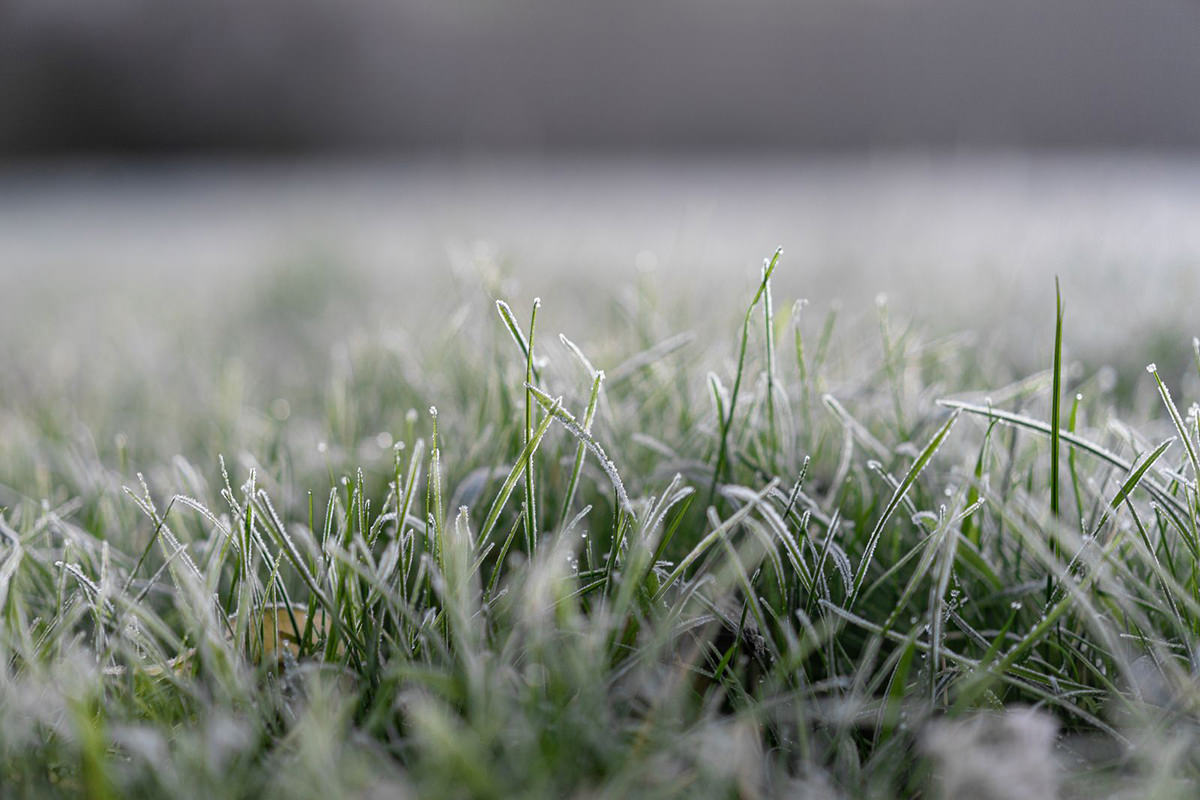
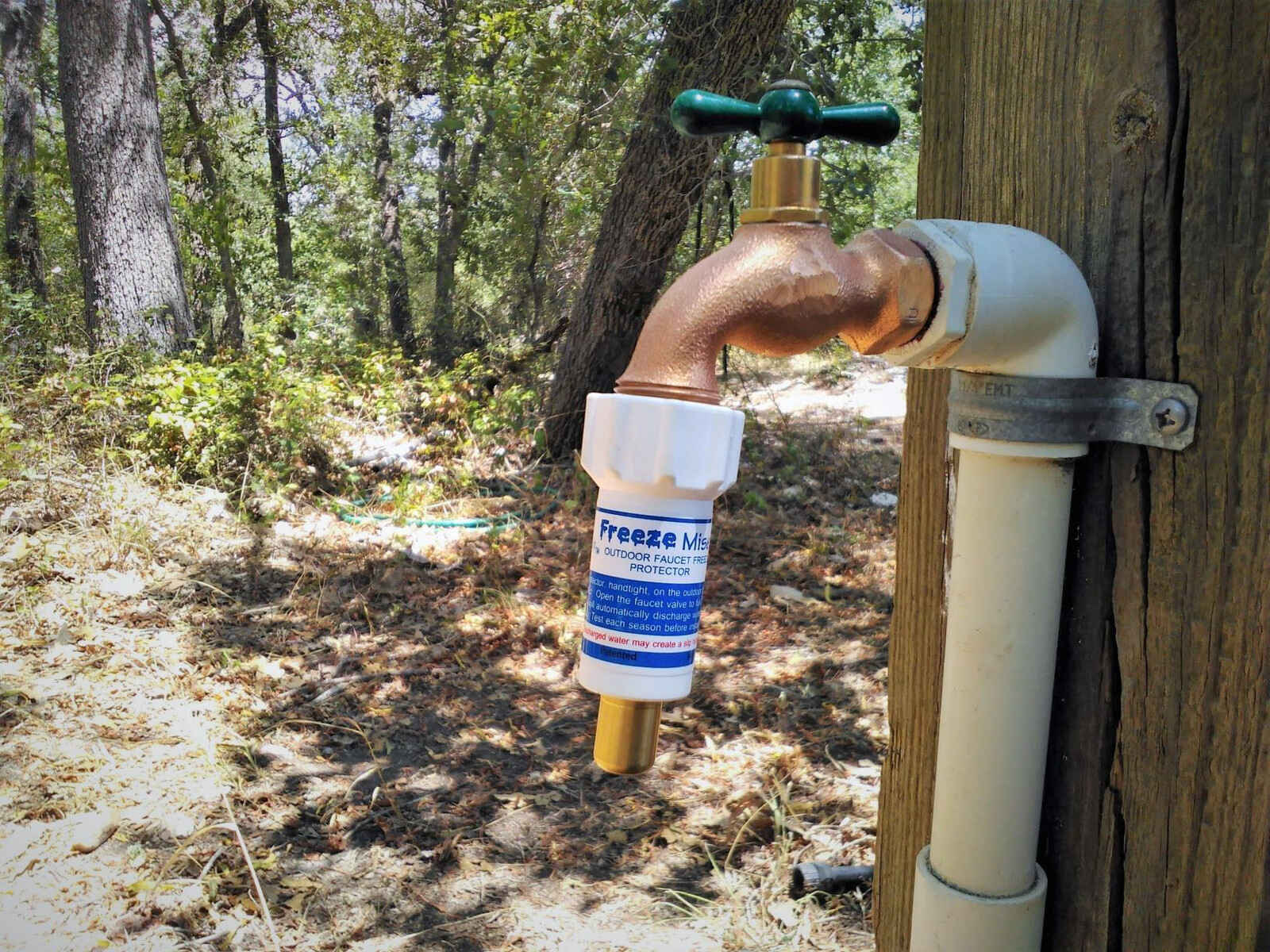
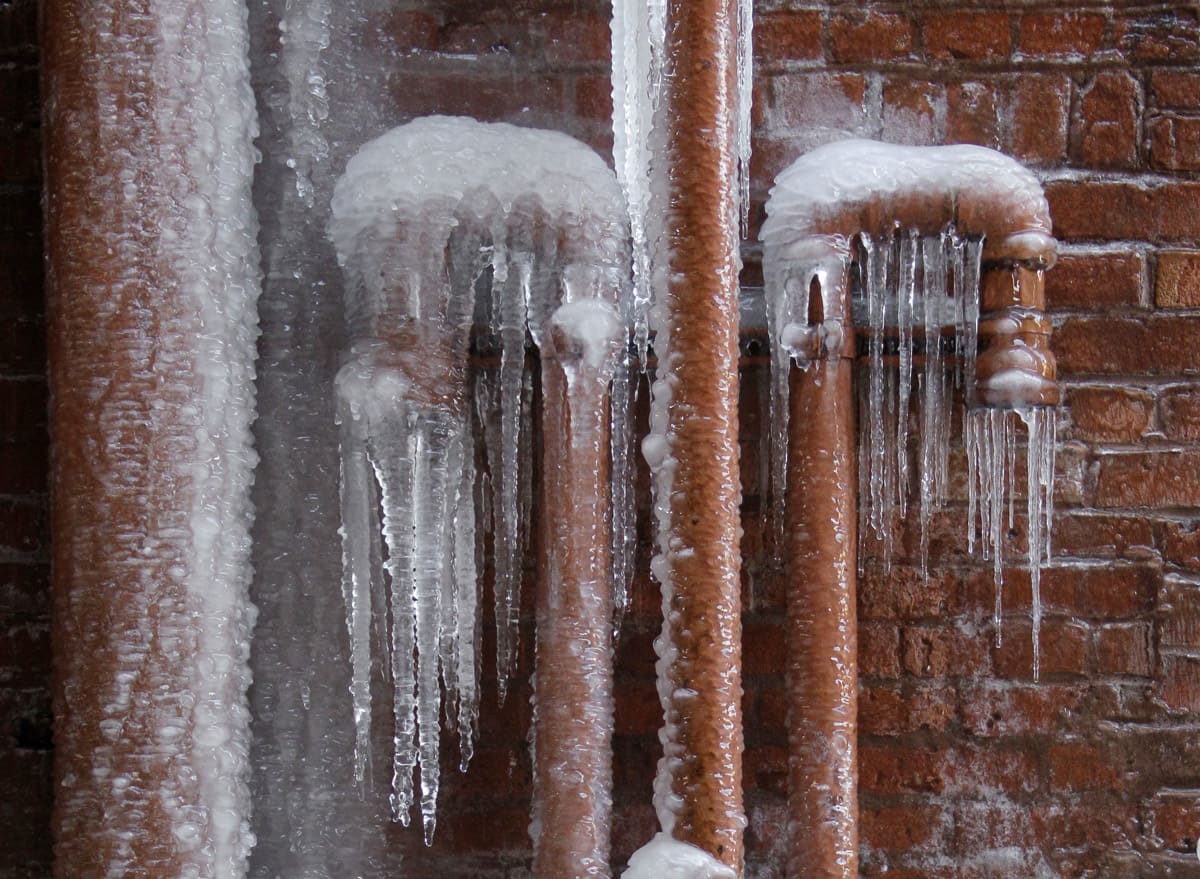




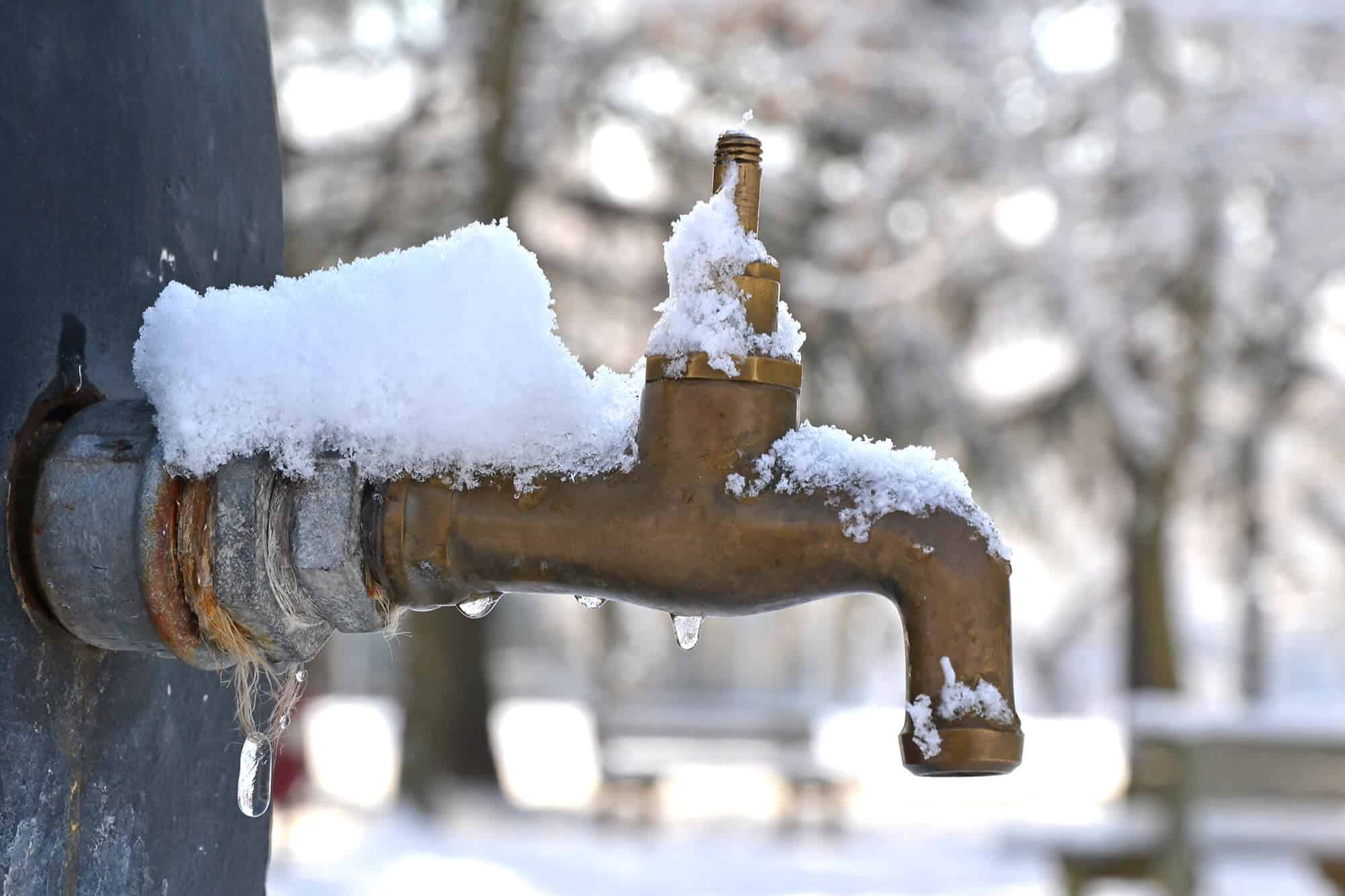
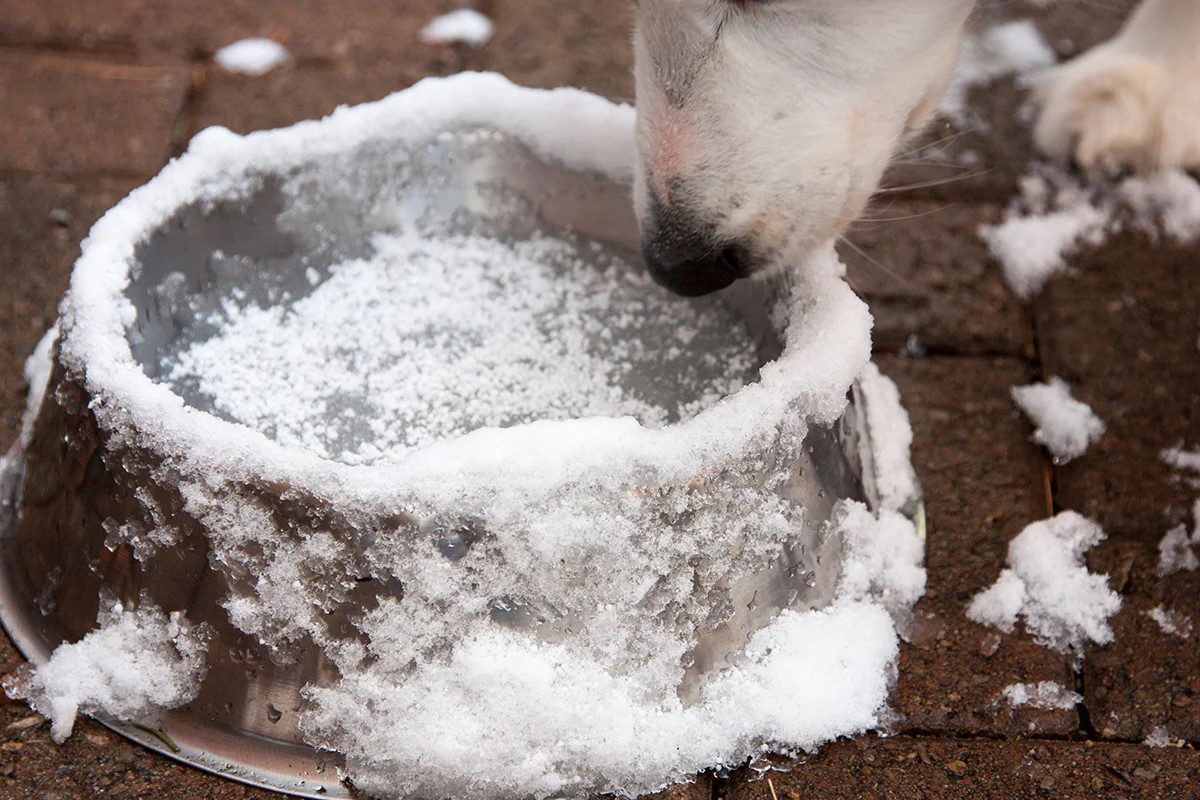
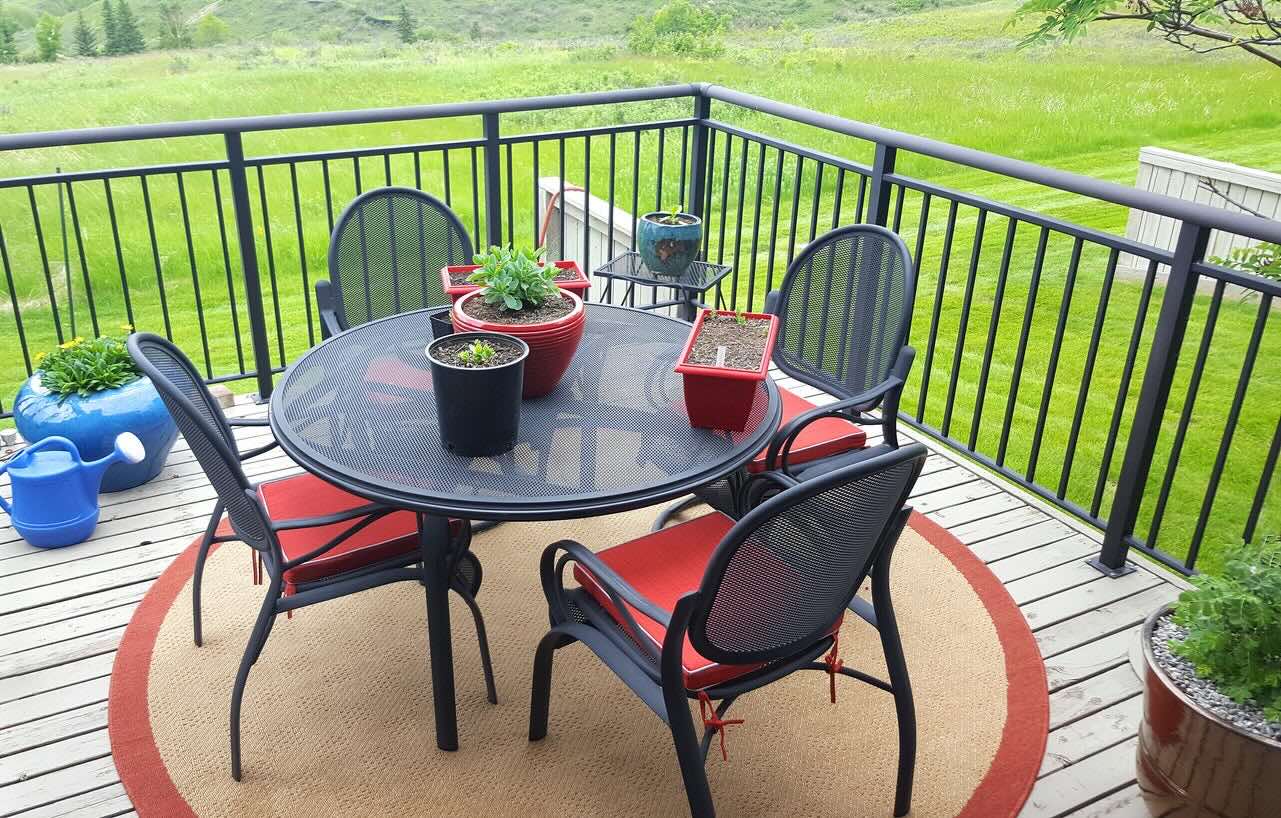


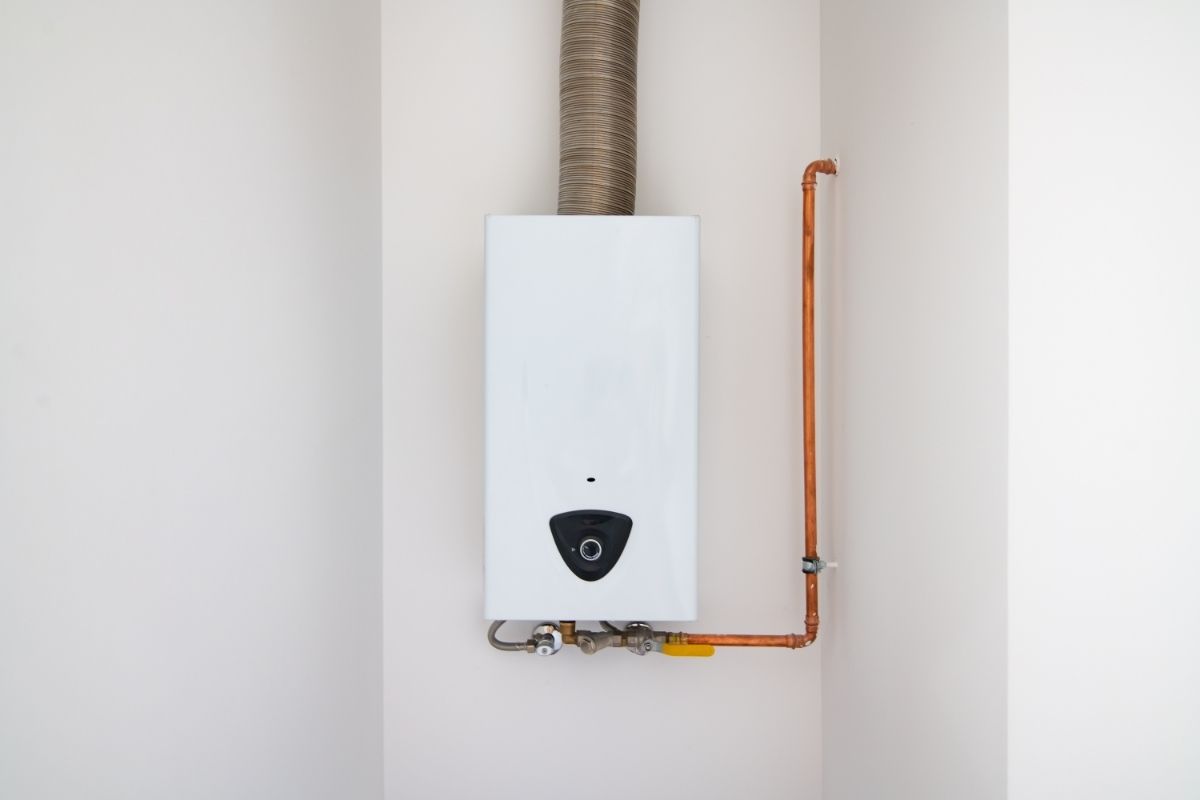


0 thoughts on “How To Protect Outdoor Plants From Freeze”